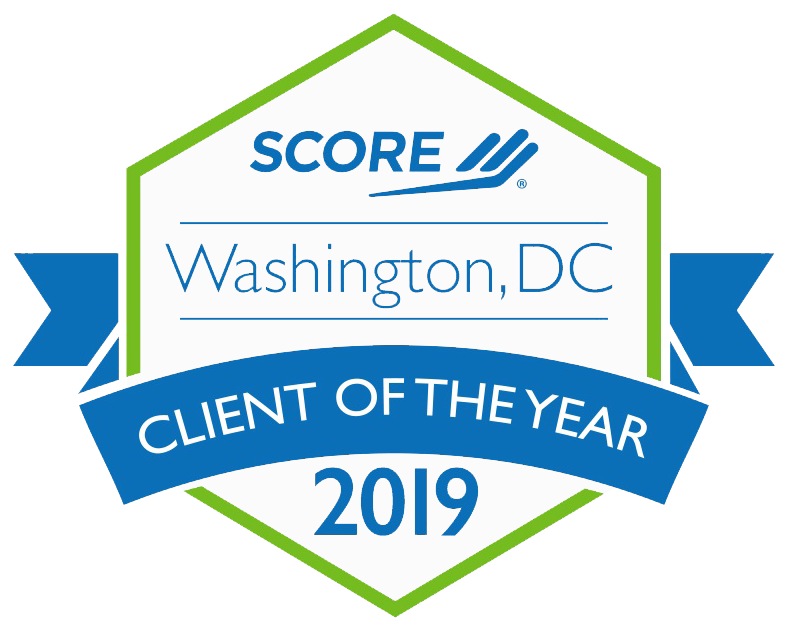Once grant funds have been allocated, reporting on the project’s success to the grantor becomes a critical part of the grant lifecycle. The grantor needs to understand how funds are being allocated, to ensure that both party’s goals and objectives are being met.

The best way to optimize reporting is to include quantitative and qualitative data. Below, we’ll discuss the difference between these two types of data, best practices for reporting, and how this data affects evaluation methods.
What do grantors look for when evaluating a report?
Evaluation of a grant’s success can be conducted in a variety of ways. Many grantor’s request information to determine if/how a grantee is meeting the objectives, outputs and outcomes as outlined in their applications.
To share this information with grantors, grantees do this using qualitative and quantitative measures. Quantitative measures are data-driven and allow for numerical evaluation of impact using brief assessments, surveys, or forms. Qualitative measures allow for verbal, written or other feedback to provide a story on how the nonprofit project or initiative impacted their lives. This is less data-driven, but can be very compelling and provide a nuanced view of how their lives have changed because of the organization.
While evaluation methods are used to track a project’s success, it also helps the grantor understand how they can improve and adjust the evaluation process.
What are some best practices for presenting data?
Once you have the data together, the next step is making sure it’s presented well. Remember, the primary goal of reporting is to communicate results in a way that will result in decision making. Whether the data is qualitative or quantitative, here are few ways you can be impactful when presenting data:
- Know your audience. Who you’re reporting to will play a big part in how data is presented. If you’re reporting to leadership, you’ll want to provide more high-level, strategic information vs. tactical, detail specific information. Present data in a way that informs the audience’s priorities, vs. highlighting each particular data point.
- Be visual. We recommend using visuals to enhance your reporting, such as charts, images, and diagrams. This will make the reporting interactive, and help the evaluator break down and make sense of the data.
- Connect the dots. Like a storyline, data should flow in a way that makes chronological sense. It’s important to provide a logical flow of how numbers and interpretations are connected, and how they align with the overarching strategic objectives.
Before presenting data to an evaluator, we recommend doing a test run presentation with a team member. If you find yourself back tracking on data or notice there are missing gaps, you can adjust the flow accordingly.
As a nonprofit, how should I prepare for these evaluations?
The best way to prepare for evaluations is just that — be prepared. Make sure your data is organized, focused, and presented confidently. Anticipate what questions might be asked of you, and put proactive steps in place to get ahead of those questions. If the reporting requirements are unclear or you have outstanding questions, just ask! It’s always better to get clarification early rather than backtracking later.
If your organization needs help managing grants that have extensive reporting requirements, contact RBW Strategy today!





